
|
| Accept Cookies | Customize | Refuse Cookies |
 |    |
| Specifications | Reviews | Compare | Buy | Sample Photos |
|  Publish your advertisement on JuzaPhoto (info) | ||||||||||||||||||||||||||||||||||||||||||||||
 Alpe Plain by Steuzz20 comments, 2339 views HI RES 25.1 MP 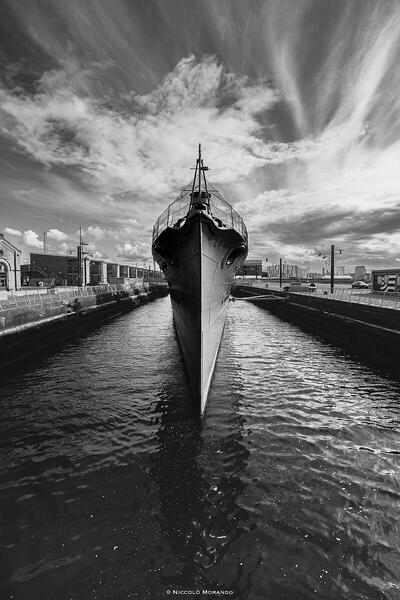 Belfast, HMS Caroline by Niccolo' Morando29 comments, 1052 views HI RES 14.4 MP  Meja with autumn sunset by Stefano Neyrone15 comments, 280 views HI RES 32.7 MP  Milky way by Steuzz1 comments, 1649 views  Temple of Valadier by Marco95661 comments, 1746 views HI RES 12.6 MP 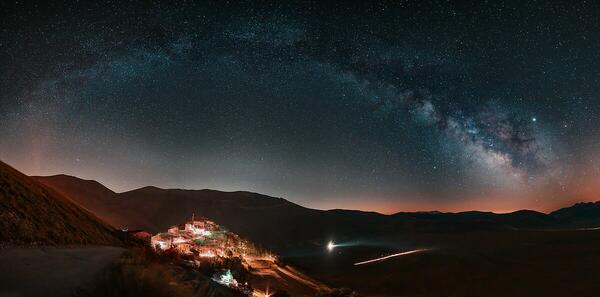 The Arc of the Stars by Marco95664 comments, 2322 views  Towards the universe by Marco95667 comments, 377 views 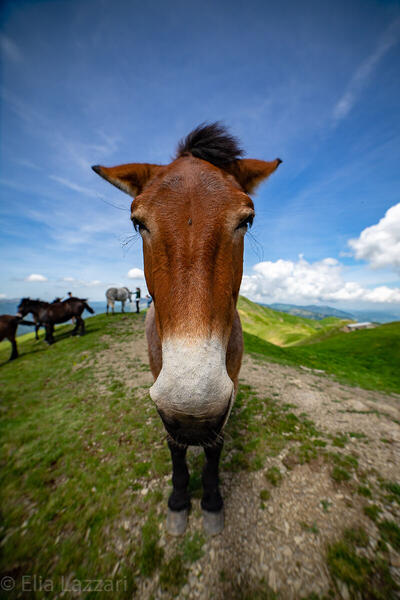 Long Muzzle at the Horn at the Stairs by Elius944 comments, 1113 views 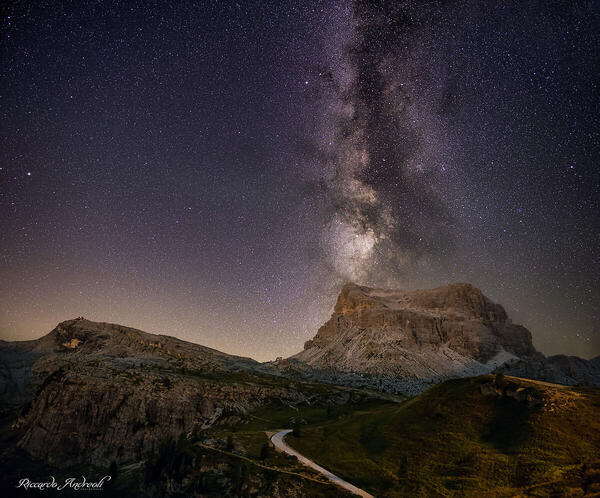 Nuvolau and Averau, August Milky Way by Riccardo Andreoli0 comments, 800 views HI RES 26.5 MP  Autumn and foliage by Fiorito Giuseppe8 comments, 194 views  The trabocchi of Abruzzo by Arcadico4 comments, 392 views HI RES 23.2 MP  Fjords adventures by Gabrio Grilli1 comments, 614 views 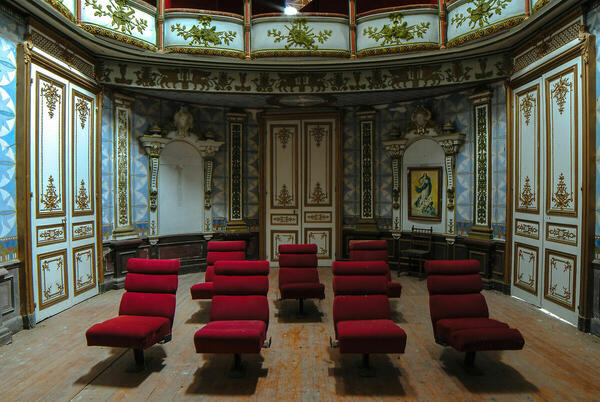 LE PETIT THEATRE by Carlettoriva0 comments, 1169 views HI RES 10.0 MP 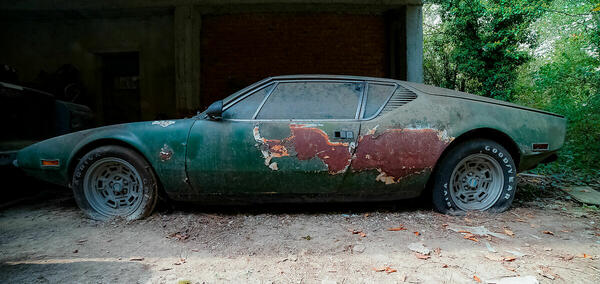 DE TOMASO PANTERA by Carlettoriva11 comments, 1924 views HI RES 17.0 MP  The most beautiful flowers by Gianni Lancioni2 comments, 1107 views 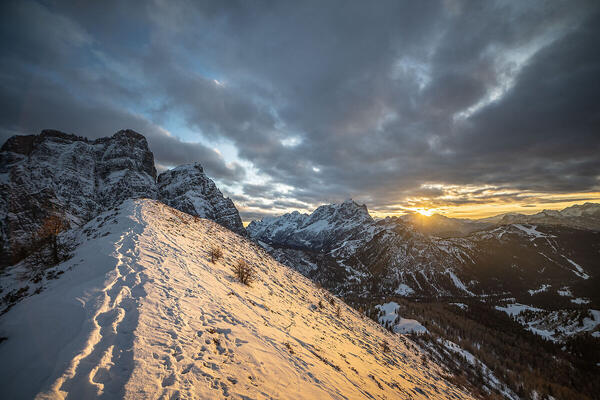 Sunset from Puina by Elius942 comments, 762 views HI RES 22.9 MP 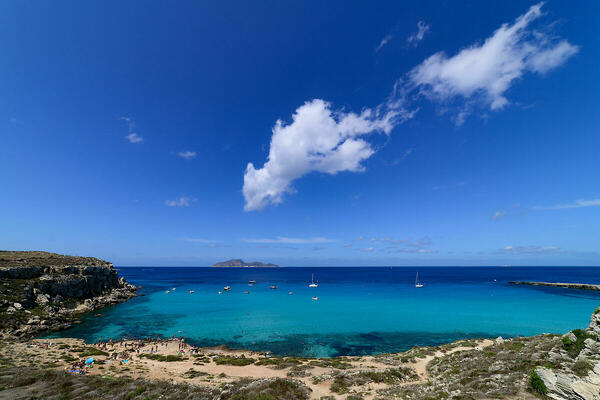 Favignana by Arci8 comments, 1287 views HI RES 6.0 MP  Spain - Cantabria by Steuzz5 comments, 546 views 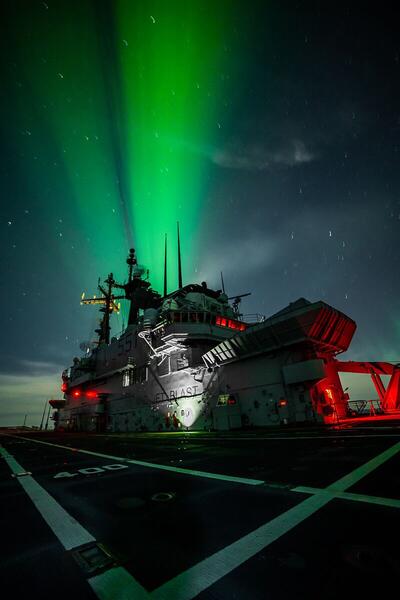 Northen Disco Lights by Gabrio Grilli1 comments, 433 views 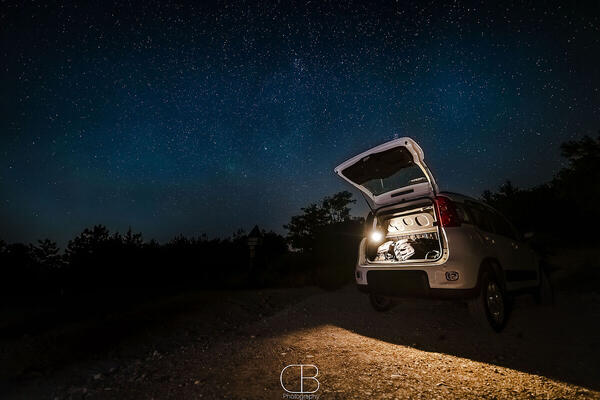 Light in the dark by Davide Bastianelli4 comments, 749 views HI RES 20.8 MP  Sunset on Monte Nero by Roccobonf2 comments, 105 views HI RES 13.5 MP  Isola Boscone, Borgocarbonara Po by Marzio Bambini2 comments, 112 views HI RES 8.3 MP 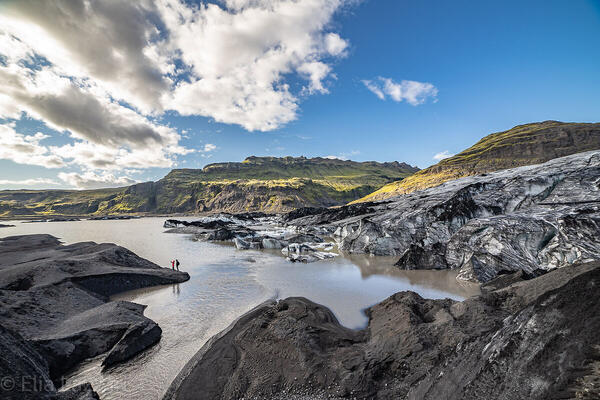 Solheimajökull Municipality by Elius940 comments, 758 views 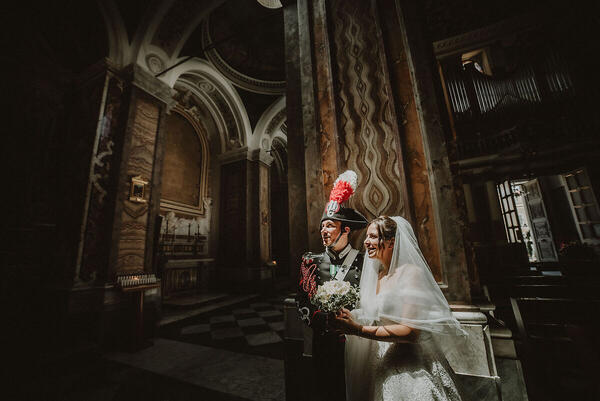 Rays of light by Luigi Ambrosone0 comments, 611 views 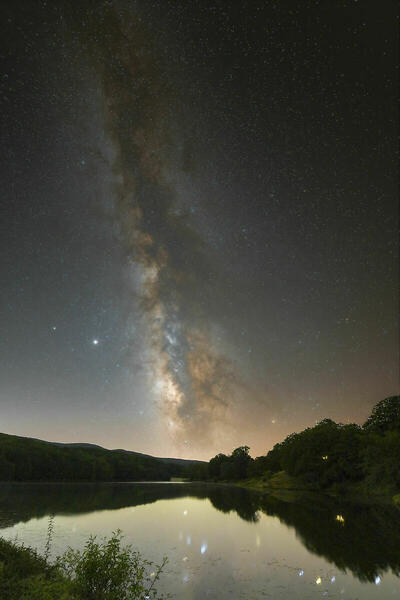 Lake Maulazzo by Zanzibar792 comments, 1306 views HI RES 18.4 MP  Forest 02 by DadePh2 comments, 191 views HI RES 20.5 MP 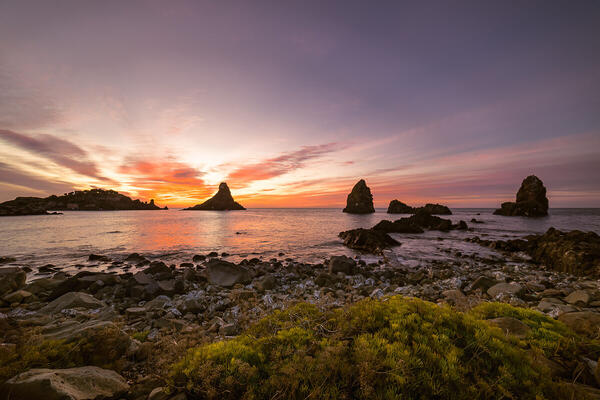 A new day by Vincenzo Miconi0 comments, 417 views 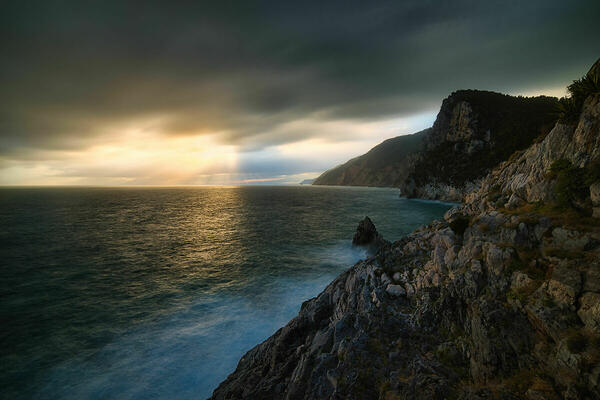 Port Venus Sunset by Filippo Trevisan2 comments, 602 views HI RES 32.1 MP 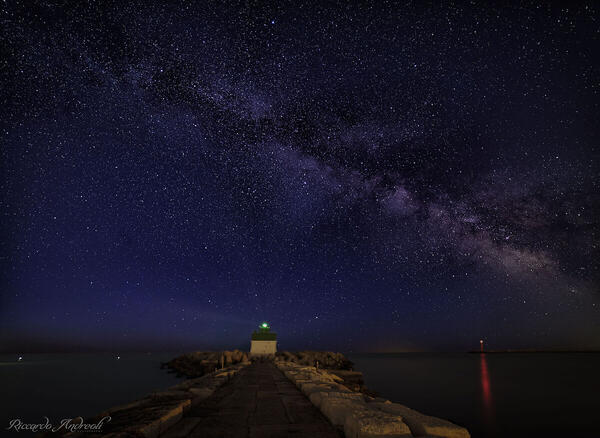 Milky Way Lido of Venice by Riccardo Andreoli3 comments, 780 views HI RES 16.0 MP 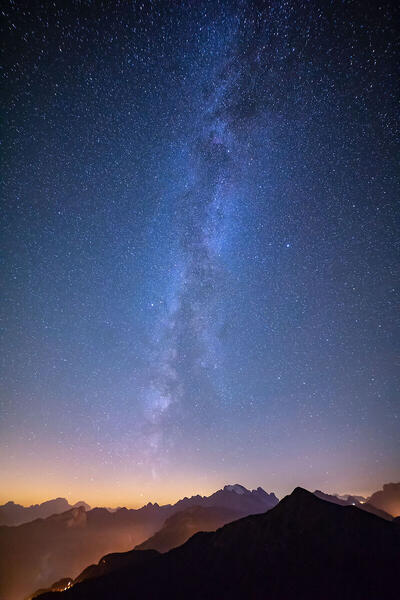 Milky Way on the Queen - Giau Pass by Elius940 comments, 805 views HI RES 24.0 MP 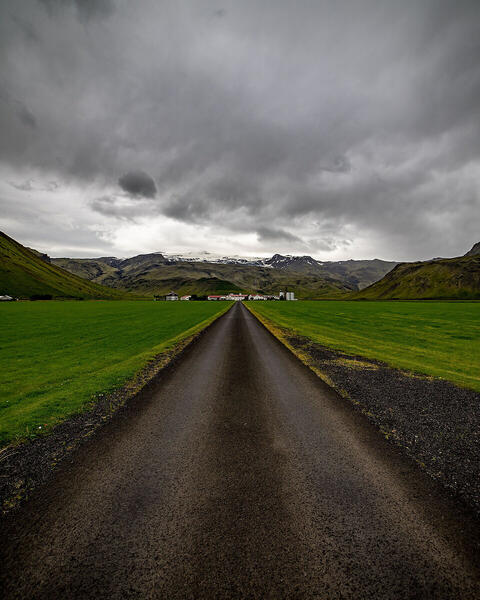 Road To Farm by Elius940 comments, 531 views HI RES 19.9 MP 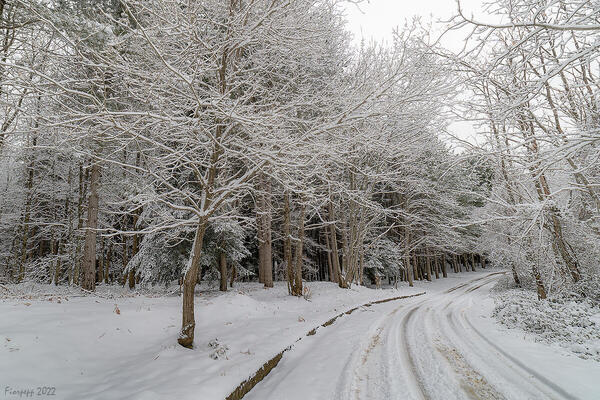 Snowy landscape by Fiorito Giuseppe0 comments, 363 views  Silence by Stefano Dell'Antone0 comments, 496 views  Beech by Vincenzo Miconi2 comments, 495 views 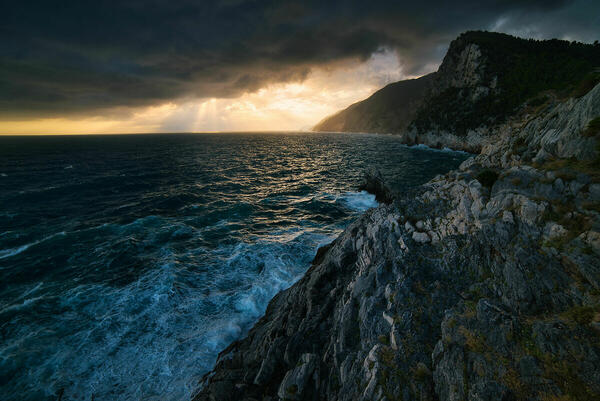 Greeting to the sun by Filippo Trevisan5 comments, 853 views HI RES 31.9 MP  Le coucher de soleil à Valensole by Kermit_the_frog2 comments, 438 views HI RES 25.8 MP  Waterfall with starry Rio Mondelli by Alberto Santorio3 comments, 138 views HI RES 24.2 MP |
 JuzaPhoto contains affiliate links from Amazon and Ebay and JuzaPhoto earn a commission in case of purchase through affiliate links.
JuzaPhoto contains affiliate links from Amazon and Ebay and JuzaPhoto earn a commission in case of purchase through affiliate links.May Beauty Be Everywhere Around Me